Wrestling with motivating “unmotivated” students? Today, we dig deep, talk about peanut butter and suggest common root causes behind lackadaisical learning in part 1 of a 3-article series.

mo·ti·va·tion
/ˌmōdəˈvāSH(ə)n/
the general desire or willingness of someone to do something. (Oxford Language Dictionary)
Hmmm…what if your learners are not willing to do something…specifically, their lessons?

Stirring up motivation in students is like stirring up a new jar of natural peanut butter. It takes a long time, lots of patience, and determined effort, but when you’ve successfully unearthed the peanut paste and mixed in the surface oil, the result is really yummy.
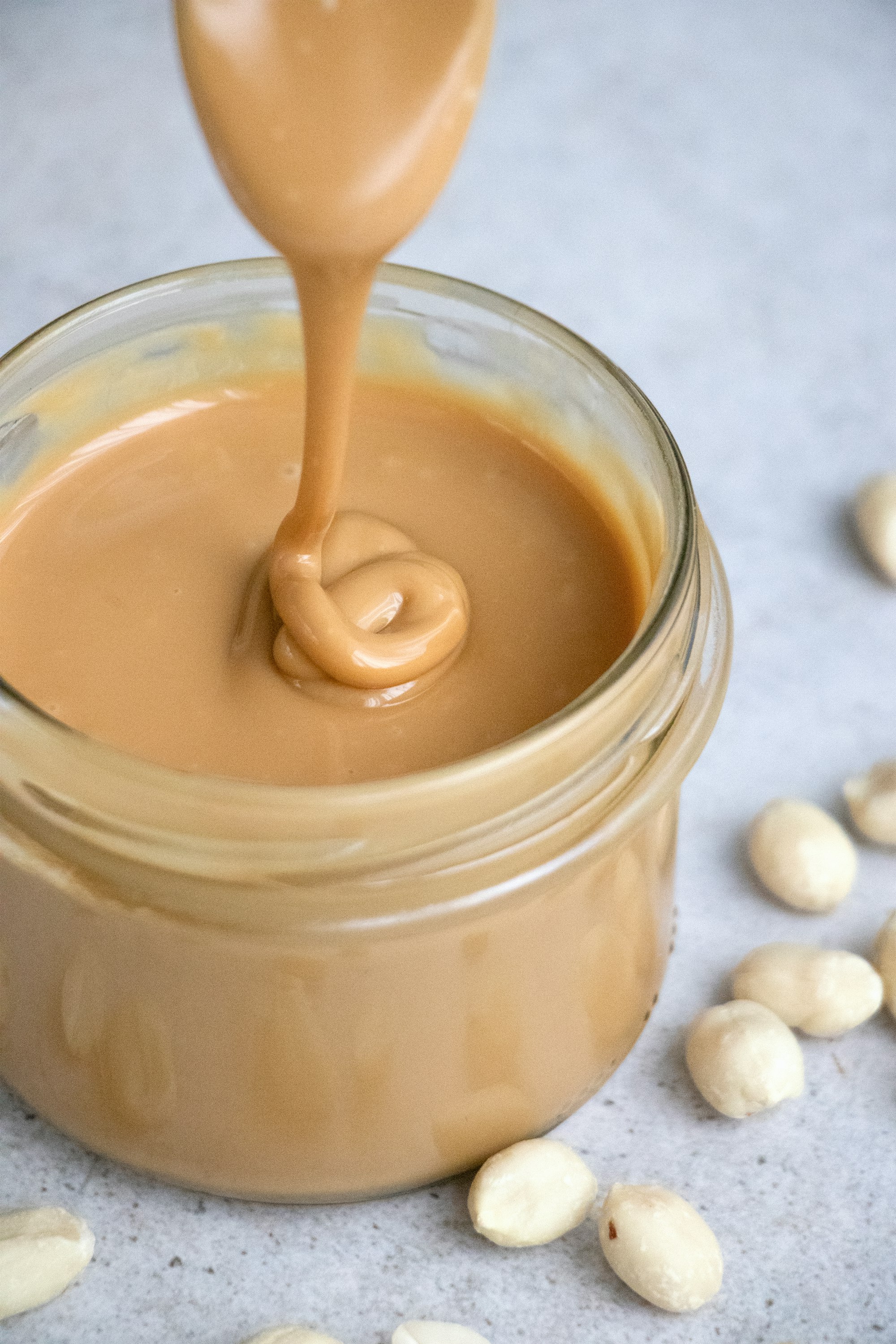
The peanut paste is a child’s “magic knowledge spark”; the peanut oil represents negative learning associations bogging a student down in “idle cycles.” With perseverance and a truckload of creativity, we can dilute idle cycles by mixing them thoroughly with a learner’s magic spark until the spark surfaces and glows like well-mixed peanut butter.
Lack of learner motivation is often a “symptom,” not a “root cause.”
Root causes of lackadaisical learning may be buried deep, so grab a shovel and do some digging.
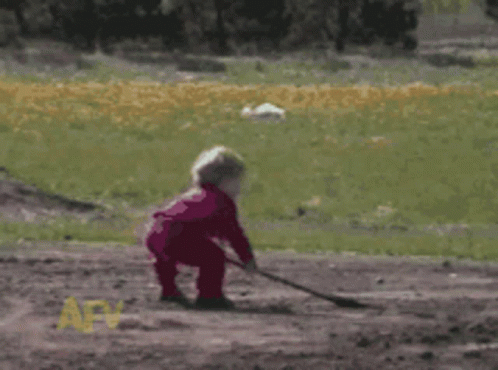
In my experience, common themes frequently act as motivation suckers.
Let’s tackle some of the biggies.
Motivation Drains
Is your learner adequately challenged by her lessons/workload? Do her academic materials and lesson modalities vary? Do they pique her curiosity or are they monotonous? If a child promptly snores when presented with commonplace content, her boredom may manifest as lack of motivation to complete – or even care about – assignments.
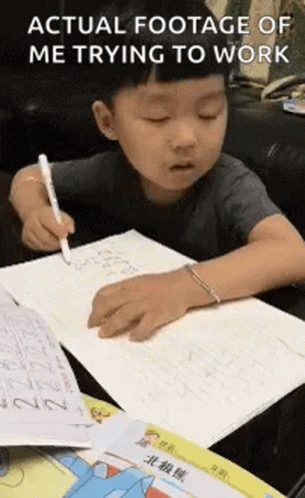
On the flip side of boredom is discouragement. Is your student struggling to understand foundational concepts required to accomplish his work?
Does he feel uncomfortable asking for help because he thinks he is supposed to “get it?” Your learner may be embarrassed to admit he needs help. Often, he may act out or drag his feet during independent work, because he doesn’t know how to articulate his challenge in a way that preserves his dignity.
Is lesson content or delivery out of sync with your child’s learning style? Even within a family, students may demonstrate contrasting dominant learning styles. A “one size fits all” schooling model doesn’t necessarily work for siblings.
Want to explore your students’ learning styles and how to best work with them? I’ve read and re-read this marvelous gem countless times.
Is your learner distracted from lessons because of factors in her home or tutoring environment? Some children whiz through their lessons while chaos swirls around them.

Others need a quiet atmosphere with minimal external stimulation to successfully study.

Does your student complain he doesn’t see the “point” of doing his work? Does his academic material underscore real-life, practical applications or seem isolated from everyday life?

Do your learners have healthy diets? How about sleep – do they get enough? How much screen time do they consume each day? How many hours of daily outdoor exercise do they get? At the end of the day, do they have energy to spare or are they physically worn out and ready to sleep?

It takes dogged digging to discover the root causes leading to stalled learning. Multiple factors usually combine to produce the negative peanut oil. If one or more of the above “idle cycle” causes made you say, “Yes! That is my learner,” you may have hit pay dirt.

“Now What???”
Successfully stirring up students’ motivation depends on identifying potential root causes, then applying creative elbow grease. Coming soon in part 2 of Motivating Learners, we’ll suggest specific ideas to maximize the magic spark and peanut paste, and minimize the nasty peanut oil.
Find Your Education Autonomy Explore the universe of community-led learning spaces with edTonomy. Our platform is designed to empower educators to innovate and create lasting impact beyond the classroom, turning educators into entrepreneurs and redefining 'classroom' as any space where learning happens.





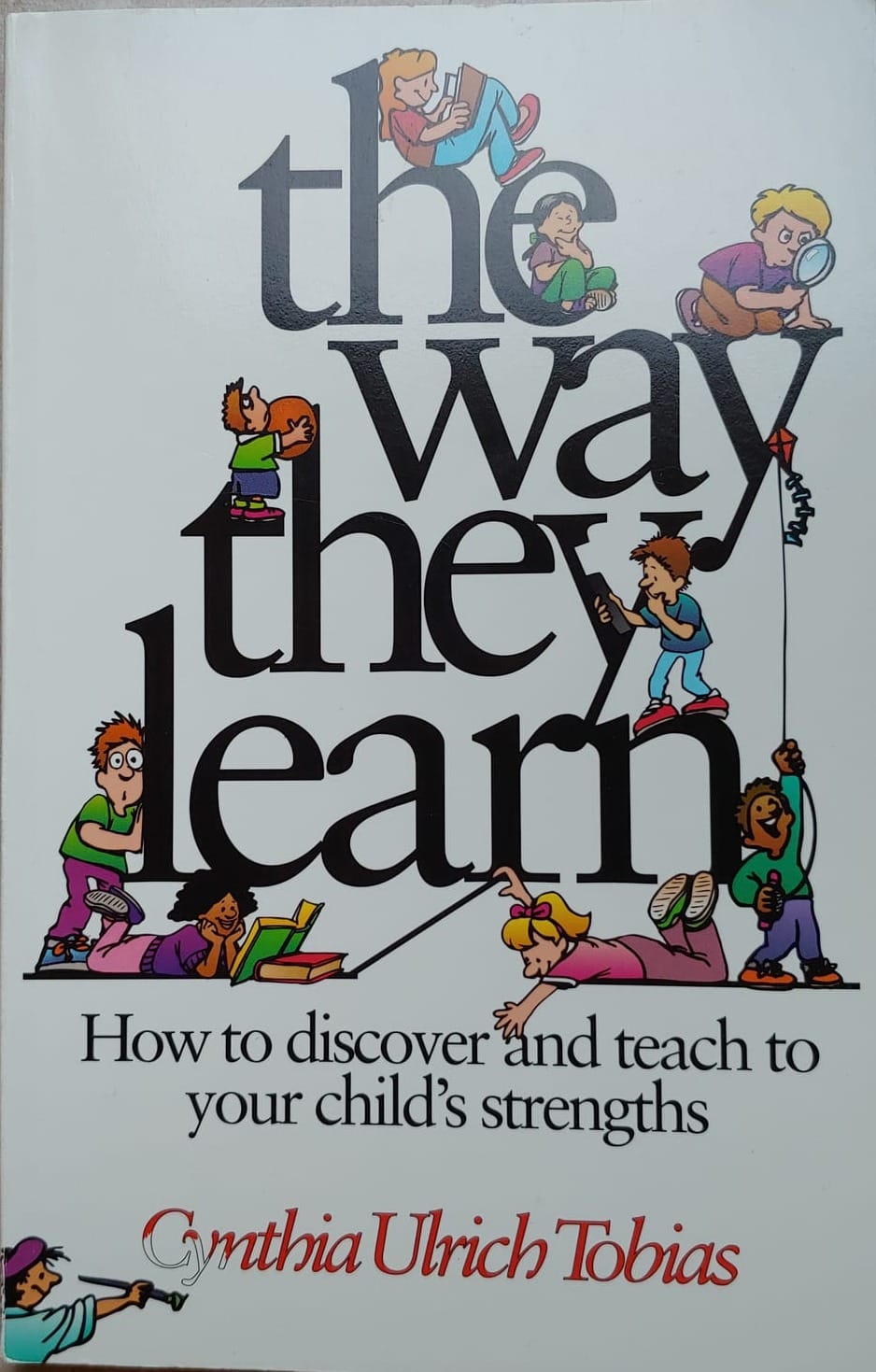




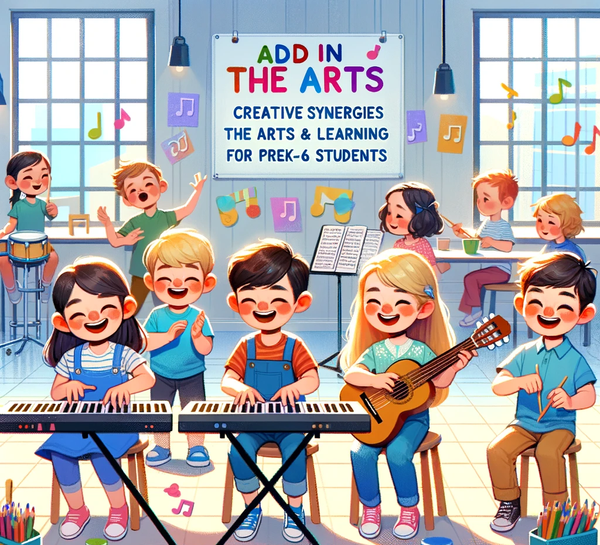
Member discussion